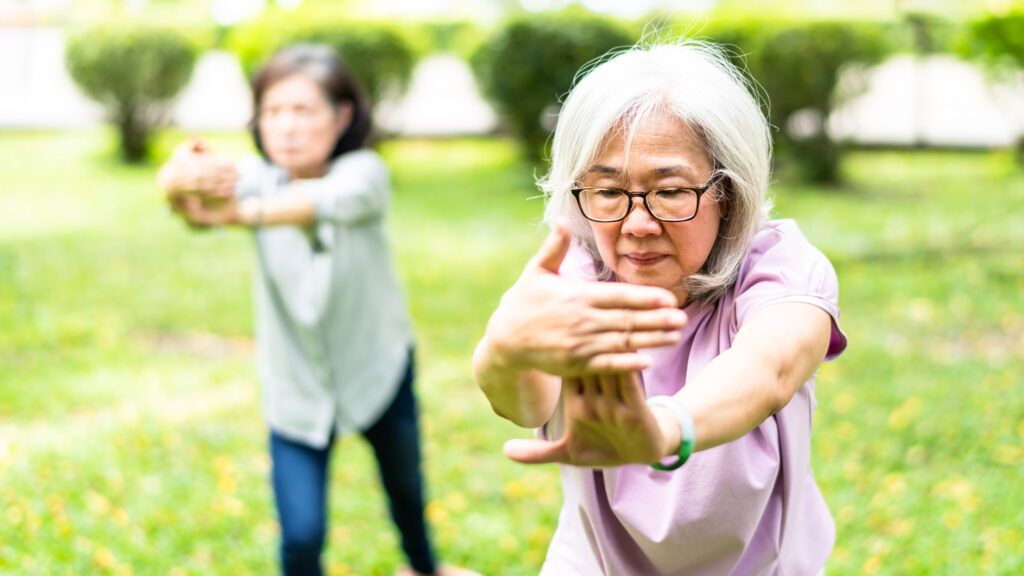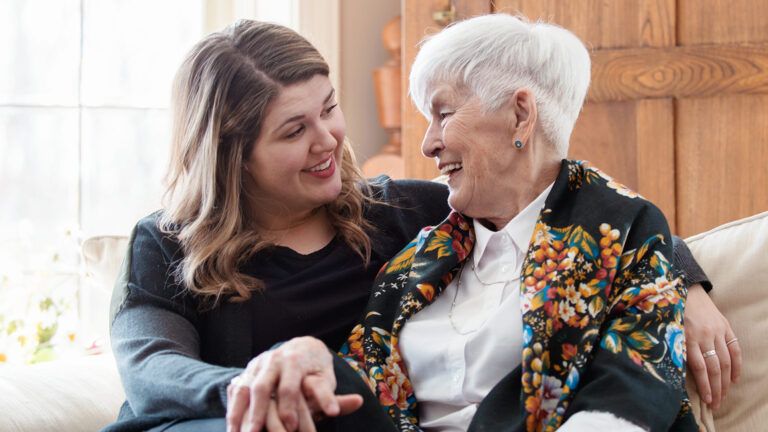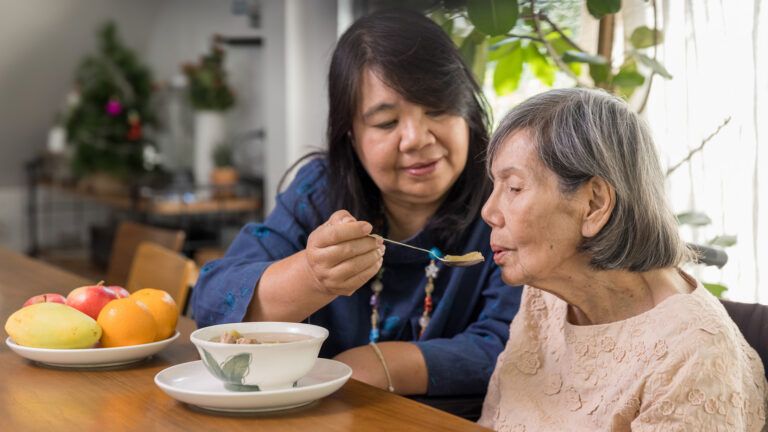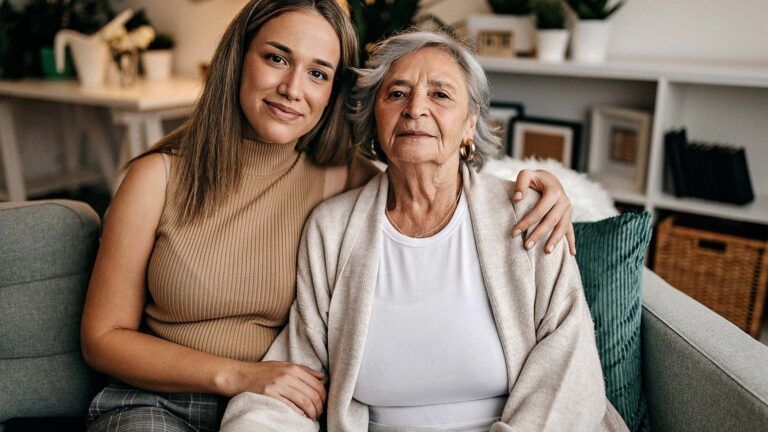Julie Hayes is the Content Manager at Benjamin Rose Institute on Aging.
Parkinson’s Disease falls second to Alzheimer’s as the most common degenerative neurological disorder. Yet its many signs and symptoms—from slow movement to balance issues to fatigue—can be difficult to identify and are often mistaken for natural signs of aging. It is important to have an understanding of Parkinson’s if you are a caregiver for an older adult. When you recognize its possible signs, you can move forward with getting your loved one an accurate diagnosis. In turn, a diagnosis allows you to help manage his or her care and treatment.
According to the Parkinson’s Foundation, more than 10 million people worldwide are living with Parkinson’s, and about 60,000 Americans are diagnosed with the disease annually. Despite this, it can be difficult to recognize when someone may have Parkinson’s.
What to Look For
Although Parkinson’s Disease predominantly affects movement, it can also affect cognition. It is known for being diverse, with most of those affected by the disease experiencing it in different ways from others with the same diagnosis. As a result, it can be tricky to identify, as one individual with Parkinson’s may not have the more common symptoms such as rigidity or stooped posture, or these symptoms may be confused for natural aging or other conditions, such as osteoporosis.
Common motor symptoms of Parkinson’s Disease include:
• Slowness of movement
• Dizziness while moving, often leading to fainting
• Balance issues and instability
• Stooped posture
• Body tremors
• Rigidity or shuffling when walking
• Involuntary movements of the face, arms or legs
• A decrease in handwriting size when writing
• A decrease in natural speaking volume
Non-motor symptoms can include:
• Fatigue
• Difficulty sleeping
• Loss of appetite and weight loss
• Moodiness, depression or anxiety
• Difficulty regulating temperature
• Low blood pressure
Keep in mind that because these symptoms are often associated with other diseases and conditions, and it is not unusual for older adults to have movement difficulties, it is important to get an accurate diagnosis for your loved one to determine if Parkinson’s is the cause.
Arriving At a Diagnosis
As with Alzheimer’s, there is no single test to accurately diagnosis Parkinson’s. It is likely that your loved one’s doctor will have to run multiple symptom and diagnostic tests to determine whether he or she has Parkinson’s. It may also be necessary to see a neurologist for an accurate diagnosis.
Parkinson’s Disease is most commonly diagnosed in people over the age of 50, but according to the Parkinson’s Foundation, four percent of those diagnosed with the disease are under 50. Those with Young-Onset Parkinson’s generally experience a slower progression of symptoms, but can face an added layer of challenges based on whether or not they are still working and raising a family while managing the disease.
Although your loved one may be reluctant to get checked for Parkinson’s, it can help him or her to understand that many of the symptoms can be treated through medication, exercise and lifestyle changes. Receiving an accurate diagnosis will allow you both to move toward improving your loved one’s well-being and quality of life.
Management and Treatment Options
Once it is determined that your loved one has Parkinson’s, his or her physician will discuss treatment options and medications with both of you. There is no cure for the disease at this time, but medication and therapies such as deep brain stimulation can help manage both motor and cognitive symptoms. The physician will be able to offer individualized treatment options based on specific symptoms your loved one is experiencing.
Exercise is also key to managing symptoms of Parkinson’s. The Parkinson’s Outcomes Project found that people with Parkinson’s who exercised at least 2.5 hours a week had a better quality of life and experienced slower progression of symptoms compared to those who didn’t. Experts from the Parkinson’s Foundation and Michael J. Fox Foundation recommend the following forms of exercise for those with Parkinson’s Disease:
• Biking
• Running
• Yoga
• Tai chi
• Dance
• Weight training
• Resistance training
Make sure that your loved one consults with the doctor before beginning an exercise routine, in order to determine whether it is safe to do so. The doctor can provide guidance on how much and what types of exercise would be most suitable.
Finding the Right Support
If your loved one feels isolated in dealing with symptoms or has concerns with how others perceive him or her, consider reaching out to the extensive Parkinson’s community. Connecting to a community of peers with Parkinson’s Disease is a great way to get support and to learn how others manage their daily lives. Your regional American Parkinson Disease Association can assist you in finding nearby support groups and exercise classes for your loved one. And don’t neglect yourself as a caregiver. Consider checking out Parkinson’s caregiver support and respite programs to maintain your own wellness and ensure you are receiving the help you need during your caregiving journey.
You and your loved one may also want to explore the following resources to learn more about Parkinson’s, get involved in the Parkinson’s community and find new avenues of support:
• The Michael J. Fox Foundation
• The American Parkinson Disease Association
• The Davis Phinney Foundation for Parkinson’s
• The U.S. Department of Veterans Affairs’ Parkinson’s Disease Research, Education and Clinical Centers





